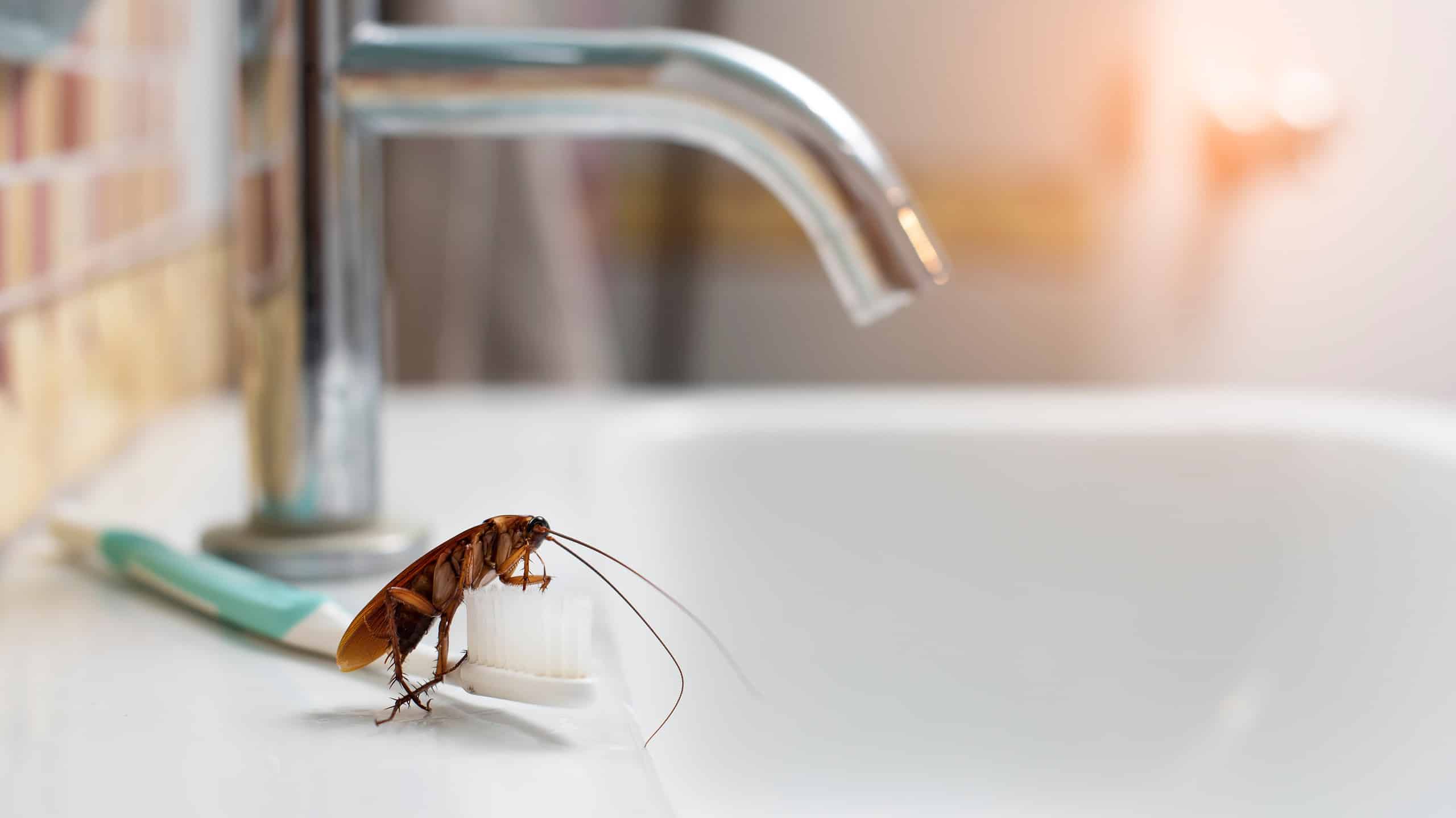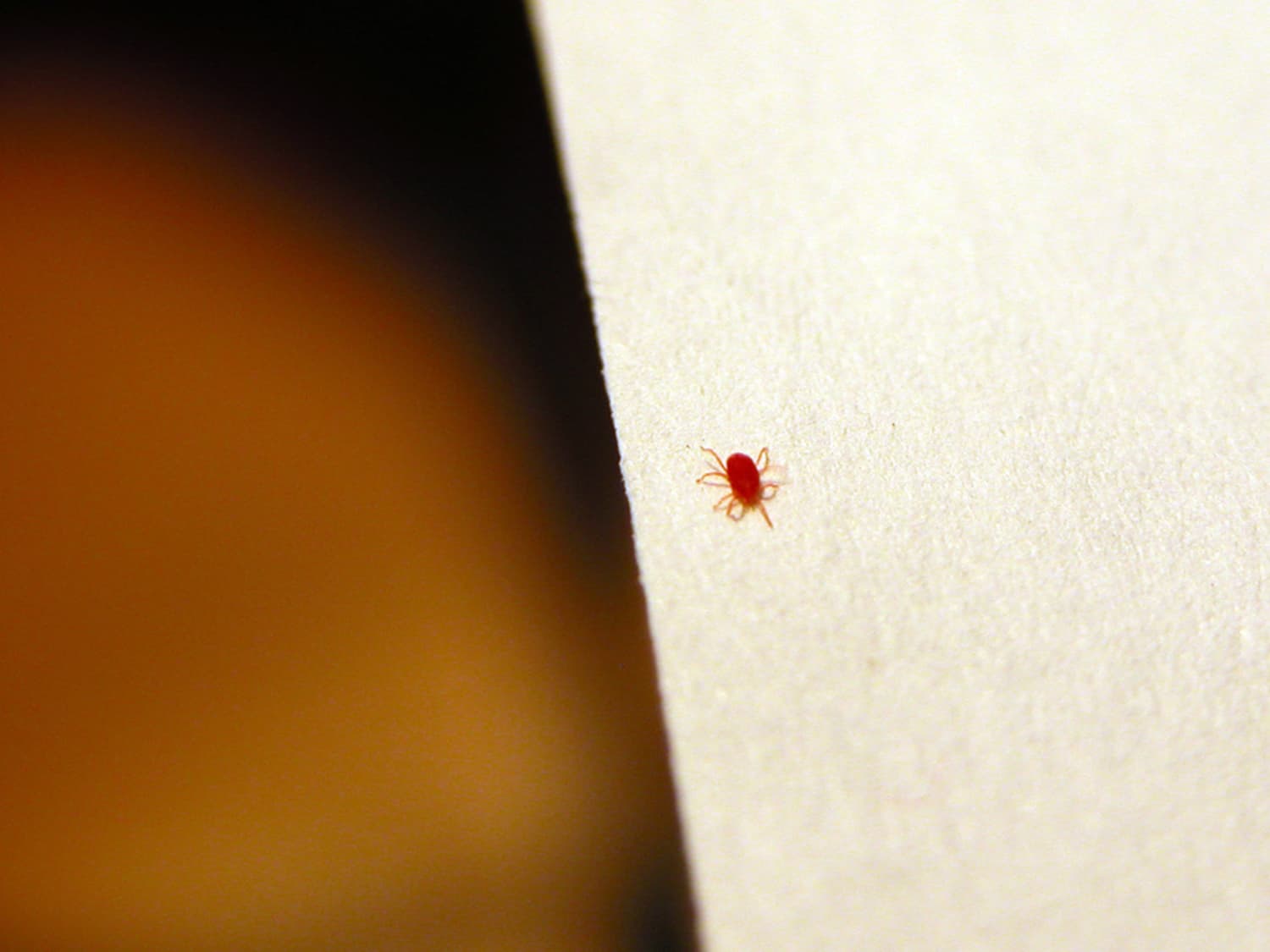Common Bathroom Pests
Tiny reddish-brown bugs in the bathroom can be a source of annoyance and concern. Identifying the specific pest is crucial for effective control measures. Several common bathroom pests share similar characteristics, making it essential to differentiate them accurately. This section will explore the characteristics, life cycle, and potential differences of common bathroom pests that fit the description of “tiny reddish-brown bugs.”
Common Bathroom Pests
These tiny reddish-brown bugs could be one of several common bathroom pests, each with its unique features and life cycle:
- Carpet Beetles (Anthrenus scrophulariae, Attagenus unicolor): These beetles are small, oval-shaped, and often reddish-brown with mottled patterns. They are commonly found in carpets and furniture but can also infest bathrooms, attracted to hair, skin flakes, and other organic debris. Carpet beetles are notorious for their destructive feeding habits, consuming natural fibers like wool, silk, and feathers. Their life cycle includes four stages: egg, larva, pupa, and adult. Adult carpet beetles lay their eggs in concealed locations, such as cracks and crevices. The larvae are hairy and feed voraciously, causing significant damage to fabrics.
- Booklice (Liposcelis bostrychophila): These tiny, wingless insects are often mistaken for dust mites. They are pale yellowish-brown and have elongated bodies with long antennae. Booklice thrive in humid environments, particularly in bathrooms, where they feed on mold, mildew, and decaying organic matter. Their life cycle is relatively short, with eggs hatching within a week and adults emerging within a month. They reproduce rapidly, with females laying up to 50 eggs at a time.
- Springtails (Collembola): These tiny, wingless insects are commonly found in damp environments, including bathrooms. They are typically grayish-brown or black and have a distinctive forked appendage at the end of their abdomen, which allows them to jump. Springtails feed on decaying organic matter, algae, and fungi. Their life cycle is complex, with eggs hatching into nymphs that molt several times before reaching adulthood. They reproduce through parthenogenesis, meaning females can lay eggs without mating.
- Brown Recluse Spiders (Loxosceles reclusa): Although not strictly reddish-brown, these spiders can appear brown or tan and are sometimes mistaken for other pests. They are known for their violin-shaped marking on their cephalothorax. Brown recluse spiders are solitary and prefer dark, undisturbed areas, such as basements, attics, and rarely, bathrooms. They are venomous, and their bite can cause serious skin necrosis. Their life cycle includes egg, spiderling, and adult stages. Females lay egg sacs containing 30-50 eggs, which hatch into spiderlings that molt several times before reaching adulthood.
Potential Solutions and Prevention: Tiny Reddish Brown Bugs In Bathroom

Identifying the specific type of tiny reddish-brown bug in your bathroom is crucial for determining the most effective solution. While a visual inspection is a good starting point, it’s often difficult to differentiate between similar species. Consulting a professional pest control expert can provide a definitive identification and tailored treatment plan.
Identifying the Specific Bug
Identifying the specific bug can be challenging without professional assistance. However, here are some steps to help narrow down the possibilities:
- Observe the bug’s size and shape: Are they oval, round, or elongated? What is their approximate size?
- Examine the bug’s color and markings: Are they uniformly reddish-brown or do they have any distinguishing features like spots, stripes, or patterns?
- Note the bug’s behavior: Do they fly, crawl, or jump? Where do they congregate? Are they active during the day or night?
- Consider the environment: What are the conditions in your bathroom, such as humidity, temperature, and the presence of standing water?
Potential Solutions for Eliminating Bugs, Tiny reddish brown bugs in bathroom
Once the bug has been identified, a targeted approach can be implemented to eliminate the infestation.
- DIY Methods:
- Vacuuming: Regularly vacuuming the bathroom floor, especially around cracks and crevices, can remove bugs and their eggs.
- Diatomaceous Earth: This natural powder is effective against many insects, including some types of bugs. It works by dehydrating the bugs, causing them to die.
- Essential Oils: Some essential oils, like peppermint and tea tree, have insect-repelling properties. Dilute a few drops in water and spray around the bathroom.
- Professional Pest Control Services:
- Professional Pest Control: A pest control professional can identify the specific bug and apply targeted treatments to eliminate the infestation.
- Environmental Modifications:
- Reduce Moisture: Bugs thrive in humid environments. Ensure proper ventilation in the bathroom by using exhaust fans and keeping the door open after showering.
- Seal Entry Points: Inspect the bathroom for cracks and gaps in the walls, floors, and around pipes. Seal these openings with caulk or silicone sealant to prevent bugs from entering.
- Clean Regularly: Regularly clean the bathroom to remove food sources and attractants for bugs. This includes wiping down surfaces, cleaning the toilet, and emptying the trash.
Preventative Measures
Preventing future infestations is crucial for maintaining a clean and pest-free bathroom.
- Maintain Good Hygiene: Regularly clean the bathroom to eliminate food sources and attractants for bugs. This includes wiping down surfaces, cleaning the toilet, and emptying the trash.
- Control Moisture: Ensure proper ventilation in the bathroom by using exhaust fans and keeping the door open after showering. This helps to reduce humidity levels and discourage bug growth.
- Seal Entry Points: Inspect the bathroom for cracks and gaps in the walls, floors, and around pipes. Seal these openings with caulk or silicone sealant to prevent bugs from entering.
- Store Food Properly: Keep food in airtight containers to prevent bugs from being attracted to spills or crumbs.
- Inspect Items Brought Indoors: Before bringing items like plants, luggage, or boxes indoors, inspect them for any signs of bugs.

